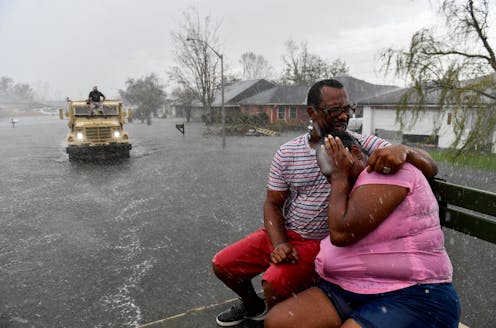2021’s biggest climate and weather disasters cost the U.S. $145 billion – here's what climate science says about them in 5 essential reads
- Written by Stacy Morford, Environment + Climate Editor

The disasters just kept coming in 2021, from Hurricane Ida’s destruction across Louisiana and the Northeast to devastating wildfires in the West and damaging storms, tornadoes and floods. Nearly half the U.S. was in drought, and extreme temperature spikes disrupted power supplies just when people needed cooling or heating most.
In all, the costliest U.S. weather and climate disasters of the year did an estimated US$145 billion in damage[1] and claimed at least 688 lives, the National Oceanic and Atmospheric Administration announced on Jan. 10, 2022.
It was the third-most expensive year on record.
2021 was also one of the hottest[2] years globally and the 4th hottest year in the U.S.[3] in 127 years of record-keeping. Not every weather event[4] is caused by global warming, but rising temperatures affect the climate[5] in ways that amplify heat waves[6] and droughts and can supercharge storms. Much of that temperature rise is caused by greenhouse gases accumulating in the atmosphere from burning fossil fuels[7].


